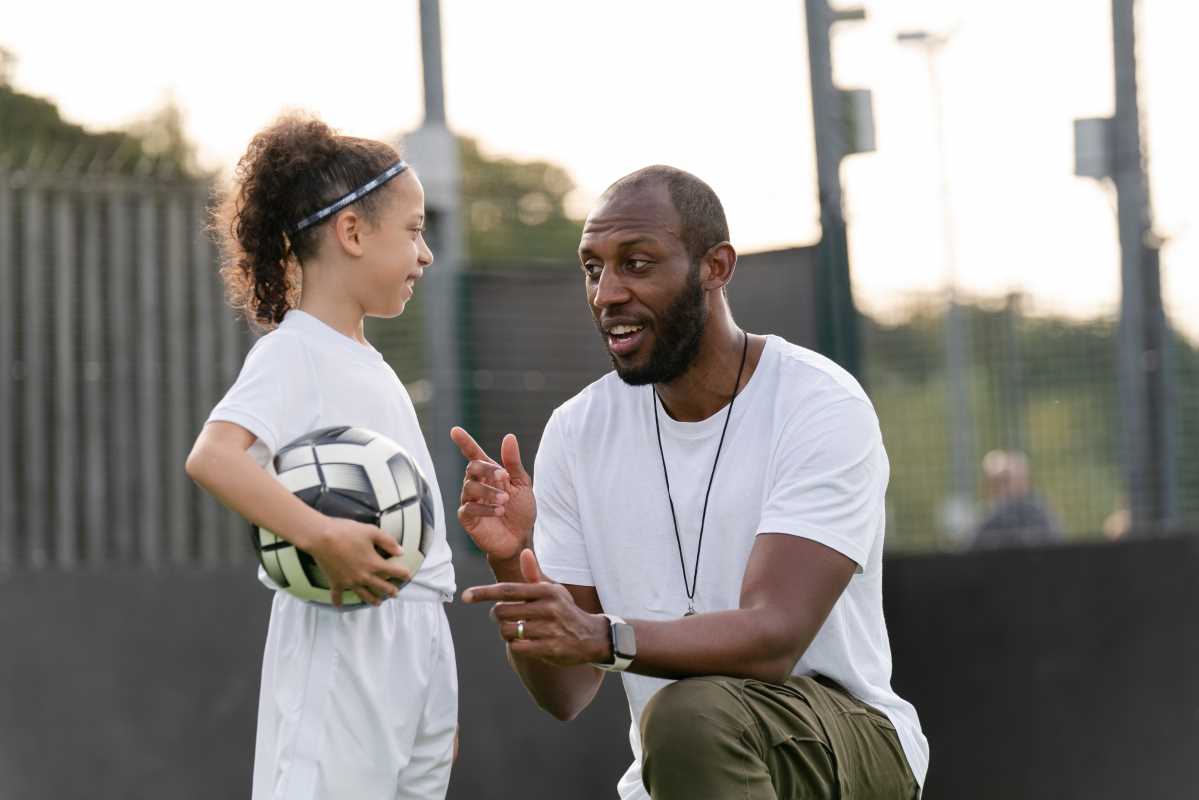Introducing physical activity to children who are not keen on exercise can be a challenging but rewarding journey. The key is to find creative, engaging ways to encourage movement, helping them develop a healthier lifestyle and a positive mindset toward fitness. Understanding their interests and preferences is an essential first step. By meeting them where they are, you can make physical activity both enjoyable and accessible.
The Benefits of Physical Activity for Children
Before diving into strategies, it’s important to understand why physical activity is so crucial for children. Beyond the obvious benefit of improved physical health, such as maintaining a healthy weight, building stronger muscles, and supporting proper growth, exercise can also lead to better mental and emotional well-being. Regular movement enhances mood, reduces stress, and helps with focus and concentration, which can translate into better academic performance.
Physical activity also fosters social skills. Whether through team sports or group games, children learn cooperation, communication, and how to interact with others in a positive way. Engaging with peers during physical activities can boost their confidence and help them form meaningful connections. These broad benefits make it all the more important to encourage kids—especially those less inclined—to get moving.
Incorporate Play
One effective way to inspire children to be more active is to frame physical activity as play rather than a chore. Children naturally gravitate toward playful activities, so use this to your advantage. Activities such as tag, jumping rope, hopscotch, or dancing to favorite songs can feel like fun rather than exercise.
For younger kids, consider games where they don’t even realize they’re moving, like scavenger hunts, obstacle courses, or races disguised as goofy challenges. For older children, activities like interactive dance games or fast-paced group sports can be engaging. The goal is to make movement enjoyable and to eliminate any negative associations they might have with exercise.
Set a Positive Example
Children often mimic the behavior they observe in the adults around them. One of the best ways to encourage an active lifestyle? Lead by example. When kids see you enjoying a bike ride, going on a hike, or engaging in a sport you love, they’re more likely to approach physical activity with curiosity and positivity.
Make it a family affair! Plan active outings like weekend nature walks or impromptu backyard soccer matches. These shared experiences not only help get everyone moving but also create bonding moments that children will cherish. Demonstrating a positive and consistent approach to fitness can make it feel like a normal—and even fun—part of their routine.
Provide Plenty of Options
Not every child will take to traditional sports or structured activities, and that’s okay. Providing a variety of physical activities allows them to explore and discover what they truly enjoy. Some may prefer individual activities like swimming or yoga, while others might thrive in team settings like basketball or soccer.
If a child shows resistance, think outside the box. Try non-traditional sports such as rock climbing, trampoline parks, or martial arts. Even activities like gardening or brisk walks with the family dog can count as physical activity. The key is giving them choices and letting them take ownership of their fitness interests.
Harness the Power of Technology
Technology is often blamed for encouraging sedentary behavior in children, but it can also be a fantastic tool to promote physical activity. Fitness apps designed for kids, interactive video games with motion sensors, and dance or fitness challenges on platforms like YouTube can all get kids moving in a way they find exciting.
Games like "Just Dance" or virtual reality fitness adventures turn exercise into an engaging, gamified experience. Some apps even offer rewards or badges for completing certain activities, which can be a huge motivator for children who enjoy competitive or goal-driven challenges. By blending physical activity with the technology they already love, you can make exercise more appealing and less intimidating.
Make Exercise Part of Their Routine
Consistency is an important ingredient in developing new habits. Establishing a routine that includes physical activity helps normalize it as part of a child’s daily life. Schedule active time each day, such as before or after school or on weekend mornings. This might include walks around the neighborhood, a trip to the playground, or a dance session in the living room.
Children thrive on structure, and over time, they may even start looking forward to their exercise sessions. For example, a child who plays outside after school daily might start seeing this time as an opportunity to unwind and burn off energy.
Celebrate Victories—Big and Small
Acknowledging and celebrating a child’s achievements is one of the most effective ways to keep them motivated. Whether they’ve mastered a new activity, shown resilience by sticking to their daily routine, or just found joy in an active pursuit, recognizing their efforts can boost their confidence.
Rewards don’t have to be elaborate—verbal praise, a sticker chart, or small tokens of recognition can go a long way. Celebrations show children that their hard work is valued and reinforce the idea that physical activity is meaningful and fun.
Be Patient and Understanding
It’s vital to remember that change doesn’t happen overnight, especially for children who may have negative feelings about exercise. Progress will come in small steps, and setbacks are completely normal. By approaching this process with patience and understanding, you can build trust and help prevent feelings of frustration or pressure.
Speak with children openly about how they feel about physical activity. Ask them what they enjoy, what makes them uncomfortable, and what they’d like to try. This level of involvement and empathy helps them feel heard and supported, fostering a positive attitude that’s essential for long-term success.
The Bigger Picture
Encouraging physical activity in children who aren’t naturally drawn to exercise is about more than just fitness. It’s about helping them develop healthy habits, build self-esteem, and discover the joys of movement in a way that feels authentic to them. By incorporating play, modeling an active lifestyle, providing options, using technology, establishing routines, and celebrating their success, you can cultivate a love for activity that benefits them physically, mentally, and socially.
Introducing exercise to children in an enjoyable and supportive way lays a foundation for a healthy, happy future. With patience and creativity, you can turn even the most reluctant mover into a child who embraces activity as an exciting part of everyday life.
 (Image via
(Image via




